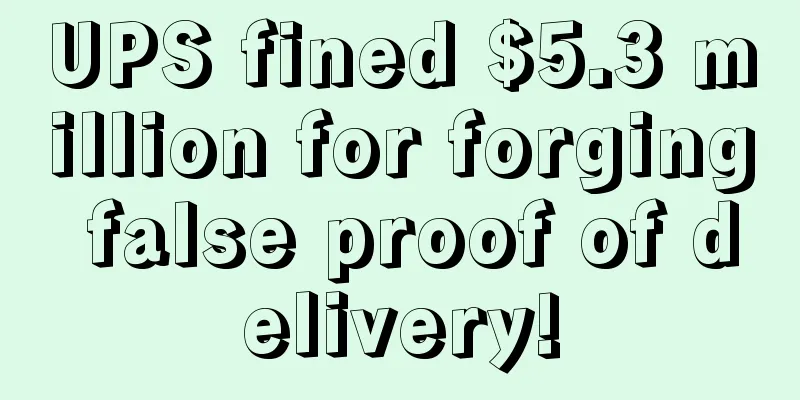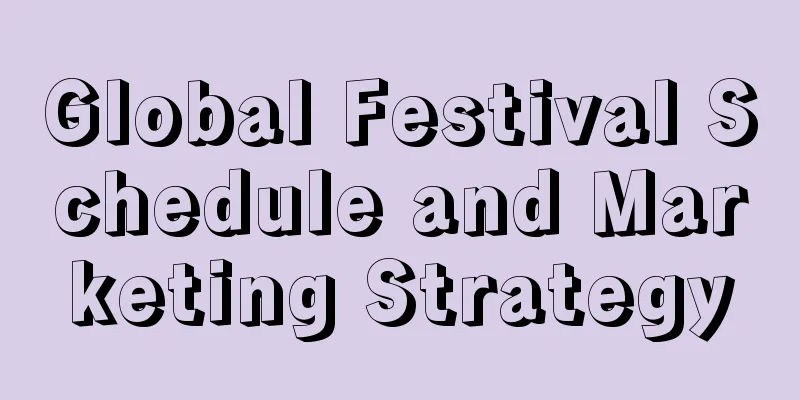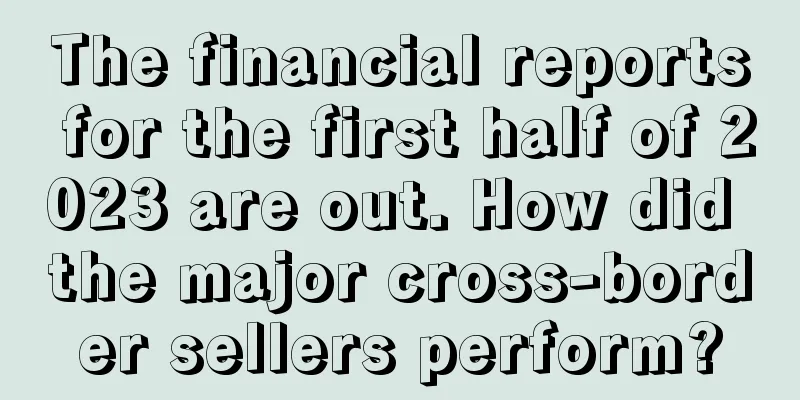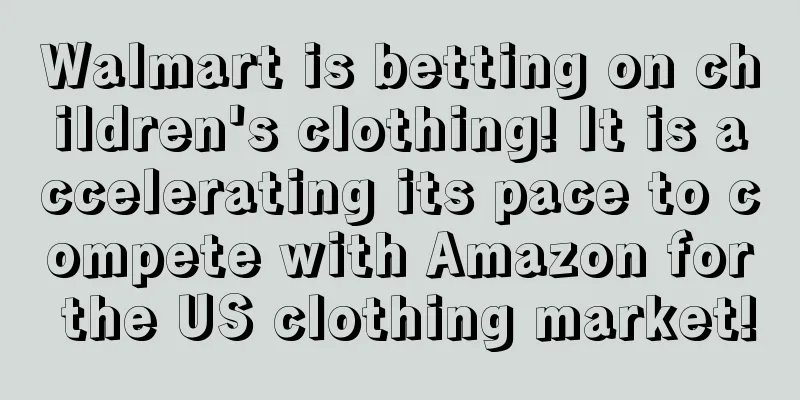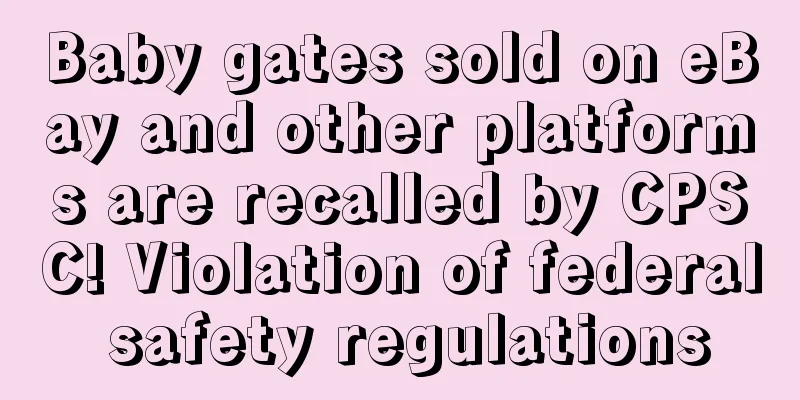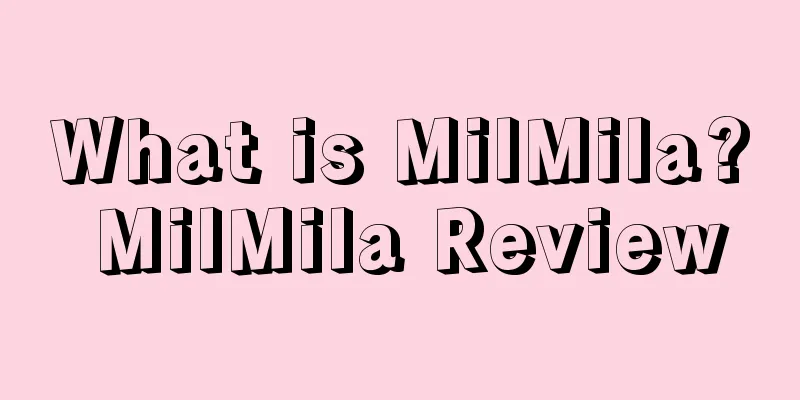What is a preferential tariff? Preferential tariff evaluation
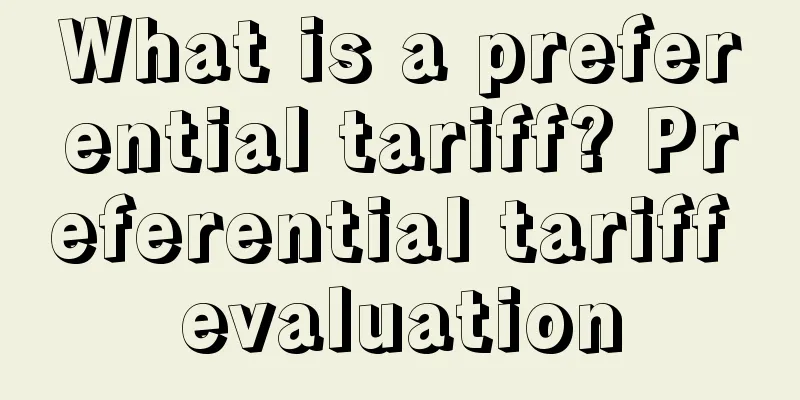
|
Preferential tariffs refer to tariffs where a country sets a special preferential rate for imported goods from countries with which it has special relations. Such preferential treatment is usually not granted to any third country under the most-favored- nation treatment . 1. About The preferential tariff system is usually implemented in the commodity trade between the metropolitan country and colonies, dominions, or between the imperialist power and its dependent countries. Its purpose is to ensure that the metropolitan country has an advantage in the industrial product market of the dependent country. Preferential tariffs were first seen in 1897 when Canada began to reduce tariffs on Britain. In 1907, a three-column tariff was formally formulated, one of which was a preferential rate with the lowest rate, specifically applicable to Britain, about 1/3 lower than the general rate. Later, Australia and other British colonies successively implemented it. The British Empire Preference System, established at the Ottawa Conference in 1932, was applicable to the United Kingdom and its colonies. It was later changed to a federal system and was called the Commonwealth Preference System. In 1975, the United States signed a tariff preference agreement for duty-free import of 2,724 products from 137 countries and regions.
II. Definition Preferential tariffs are also called preferential taxes, which refer to the preferential low tax or tax reduction treatment given by the importing country to all or part of the goods imported from a specific country or region. However, other countries or regions cannot claim to enjoy such preferential treatment based on the principle of most-favored-nation treatment. Preferential tax rates are generally lower than the most-favored-nation rate and the agreed rate. Preferential taxes are in two forms: mutual and unilateral (non-reciprocal). Preferential tariffs were first implemented between the mother country and colonies and dependencies. At that time, they were unilateral favors given by the colonies to the mother country's exports. Later, they developed into mutual favors between the mother country and colonies and between colonies of the same mother country. In 1932, the Commonwealth countries formulated the Imperial System of Preferences at the Ottawa Conference, in which member states granted mutual benefits to each other. After the United Kingdom joined the European Common Market in 1973, the Imperial System of Preferences was gradually abolished from January 1974 to July 1, 1977. In February 1975, the nine Western European Community countries and their former colonial countries signed the five-year "Lome Convention" in Lomé, the capital of Togo, under which they unilaterally provided preferential tax treatment to developing countries in Africa, the Caribbean and the Pacific region. At that time, there were 46 beneficiary countries; the second "Lome Convention" was signed in October 1979, and the number of beneficiary countries increased to 61; the third "Lome Convention" was signed in December 1984, and the number of beneficiary countries has grown to 65; the fourth "Lome Convention" came into effect in February 1990, with a validity period of 10 years; the fifth "Lome Convention" was officially signed on May 31, 2000, with its validity period reaching 20 years for the first time, and the number of beneficiary countries increased to 86. About the Lomé Convention The preferential tariffs of the "Lomé Convention" are the most tax-free special preferential tariffs in the world. EU member states accept all industrial products and 96% of agricultural products from beneficiary countries on a duty-free and unlimited basis without requiring the beneficiary countries to grant reverse preferences, and relax restrictions on origin and some other non-tariff barriers. 3. Other Information A country grants special preferential tariffs to imported goods from countries with which it has special relations. Also known as tariff preferences. Preferential tariffs first originated from the trade exchanges between the mother country and the colonies. The mother country forced the colonies to impose low tariffs on their exported goods, that is, unilateral preferential tariffs. Later, due to the struggle of the colonies, preferential tariffs were manifested as preferential tariff treatment provided by the mother country and the colonies to each other, that is, mutual preferential tariffs. The most typical preferential tariff is the British Empire Preference System signed in Ottawa, Canada in 1932. It stipulates that Britain will give duty-free or tax-reduced preferential treatment to goods imported from dependent countries, and restrict the import of agricultural products from outside dependent countries with high tariffs; dependent countries will give tax reduction preferential treatment to industrial products imported from Britain, and increase the tariff rate of goods imported from countries other than Britain. It is a powerful weapon for Britain to ensure that it can sell industrial products in dependent countries and monopolize the colonial market. After World War II, it was changed to the Commonwealth Preference System. In January 1973, Britain officially joined the European Community Customs Union, and the Commonwealth Preference System was gradually abolished. The most influential preferential tariff in the world is the preferential tariff between the contracting parties of the Lomé Agreement signed in Lomé, the capital of Togo, in February 1975. That is, the preferential tariff unilaterally provided by the European Common Market to the developing countries in Africa, the Caribbean and the Pacific that participated in the agreement. The agreement came into effect in April 1976 and was valid for 5 years. There were 46 beneficiary countries at that time. Its main content is that all industrial products and 94.2% of agricultural products of the signatory countries in Africa, the Caribbean and the Pacific can enter the European Common Market duty-free and unlimited; and the Community does not require reciprocity when exporting to the above countries, but only enjoys most-favored-nation treatment. The second Lomé Agreement was signed in October 1979 and came into effect in April 1980. Its main contents are: ① The countries of the European Common Market accept all industrial products and 96% of agricultural products produced by the beneficiary countries under the conditions of duty-free and unlimited quantity, and do not require these countries to give "reverse preferences". ② The European Common Market grants a certain amount of duty-free import quotas to products such as beef, sweet wine, and bananas imported from beneficiary countries each year, and tariffs are imposed on imports exceeding the quotas. ③ Products originating from developing countries among beneficiary countries or countries within the European Common Market can still be treated as products of the country of origin and enjoy preferential tariff treatment after being processed and manufactured in developing countries participating in the agreement. The signing of the Lomé Agreement has had an impact on promoting the economic development of developing countries. On November 18, 2016, it was reported that the Japanese Ministry of Finance planned to remove five countries including China and Mexico from the tariff reduction list for developing countries. The reason is that Japan believes that the economies of these countries are constantly developing and the need for assistance has decreased. References |
<<: What is the normal tariff? Normal tariff evaluation
>>: What is UEESHOP? UEESHOP Review
Recommend
What is JollyPay? JollyPay Review
JollyPay was founded in 2017 and specializes in pa...
Ranking of U.S. shopping app downloads in the first half of the year: Shein surpasses Amazon and ranks first!
<span data-docs-delta="[[20,"获悉,根据Apptopia...
Jiazhilian falsely inflated its net profit and was warned by the China Securities Regulatory Commission
On August 5, Jiazhilian’s parent company “Xunxing ...
What is First-Class Mail International (FCMI)? First-Class Mail International (FCMI) Review
First-Class Mail International (FCMI) service is t...
What is Unit808? Unit808 Review
Unit808 is a cross-border e-commerce platform in S...
Amazon Advertising New Changes! Sellers can save money
Let’s start today’s main text. ◆ ◆ ◆ ◆ When we ru...
The competitor pushed the product keyword to the first place on the homepage in just 3 months! And this strategy is replicable. How did they do it?
Anonymous user My C position The competitor link w...
What is the Shopee order uncompleted rate? Shopee order uncompleted rate evaluation
Shopee's order uncompleted rate refers to the ...
Amazon sellers applauded the major changes to the refund and compensation policy!
Amazon announced that there will be temporary chan...
Blocked account + jail time! Just now, China and the United States took a fatal approach against counterfeit goods...
What products are the most rampant on Amazon? Fake...
What is Keyword Tool Dominator? Keyword Tool Dominator Review
Keyword Tool Dominator is a tool for querying the ...
What is Lingduan Supply Chain Distribution? Lingduan Supply Chain Distribution Evaluation
Relying on the advantages of its own factories and...
What is WinPay? WinPay Review
Foreign trade payment service provider, internatio...
Want to win over the millennials, the main force of online shopping in the United States? You need to know these new trends!
<span data-docs-delta="[[20,"获悉,根据实时优惠券代码搜...

